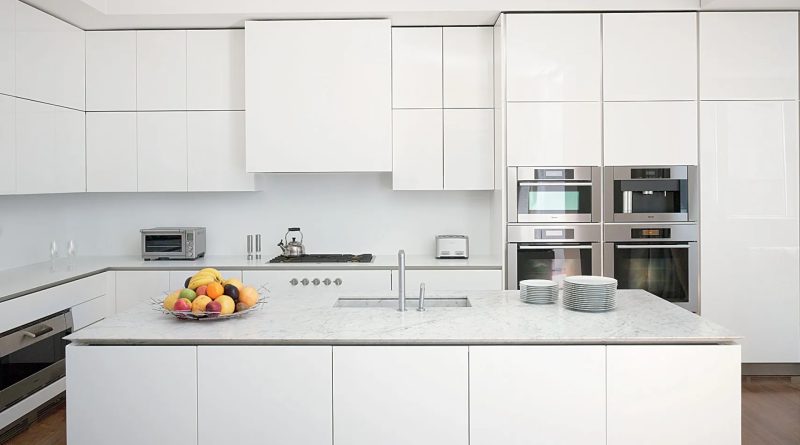Simplifying Your Cooking Space
The art of kitchen organization involves creating a streamlined and functional space that simplifies your cooking experience. An organized kitchen reduces clutter, improves efficiency, and makes it easier to find and access ingredients, utensils, and tools. Here are some tips to help you simplify and organize your cooking space:
- Declutter and Purge: Start by decluttering your kitchen and getting rid of items you no longer use or need. Clear out expired food, duplicate utensils, and appliances that are rarely used. Donate or discard these items to create more space and make way for a more organized kitchen.
- Categorize and Group: Categorize your kitchen items and utensils into logical groups. For example, keep baking supplies together, group spices in a designated area, and store cooking utensils near the stove. This makes it easier to find what you need and simplifies the cooking process.
- Optimize Cabinet and Pantry Space: Maximize your cabinet and pantry space by utilizing vertical organizers, shelf dividers, and stacking shelves. Store items based on frequency of use, with frequently used items at eye level and less frequently used items higher or lower. Consider installing pull-out shelves or lazy susans for easy access to the back of cabinets.
- Efficient Drawer Organization: Use drawer dividers or inserts to keep utensils, measuring spoons, and other small items organized and easily accessible. Consider storing knives in a knife block or on a magnetic strip to free up drawer space. Arrange items based on function and frequency of use.
- Clear Countertops: Keep countertops clear of unnecessary items to create a clean and functional workspace. Store frequently used appliances, such as toasters or coffee makers, on dedicated appliance garages or shelves. This not only creates more space but also makes cleaning easier.
- Proper Food Storage: Invest in airtight containers for storing dry goods such as grains, pasta, and cereals. Clear containers allow you to see the contents at a glance and keep them fresh for longer. Label the containers for easy identification. Use stackable storage containers in the refrigerator to maximize space and maintain organization.
- Utilize Wall and Vertical Space: Install hooks or racks on walls or inside cabinet doors to hang pots, pans, and utensils. Use a pegboard or magnetic strip for storing frequently used tools. This frees up cabinet space and keeps items within reach.
- Designated Zones: Create designated zones in your kitchen based on function. For example, have a designated prep zone near the sink and a cooking zone near the stove. Store related items together in each zone to streamline your workflow and reduce unnecessary movement.
- Labeling and Clear Containers: Label shelves, containers, and spice jars to easily locate items. Clear containers allow you to see the contents, making it easier to find what you need. Utilize labels or a marker to note expiration dates on containers to ensure food items are used before they spoil.
- Regular Maintenance: Regularly declutter and reorganize your kitchen to maintain an organized space. Routinely clean out your fridge and pantry, and assess whether items are still being used. Regular maintenance prevents clutter from accumulating and helps you keep on top of organization.




